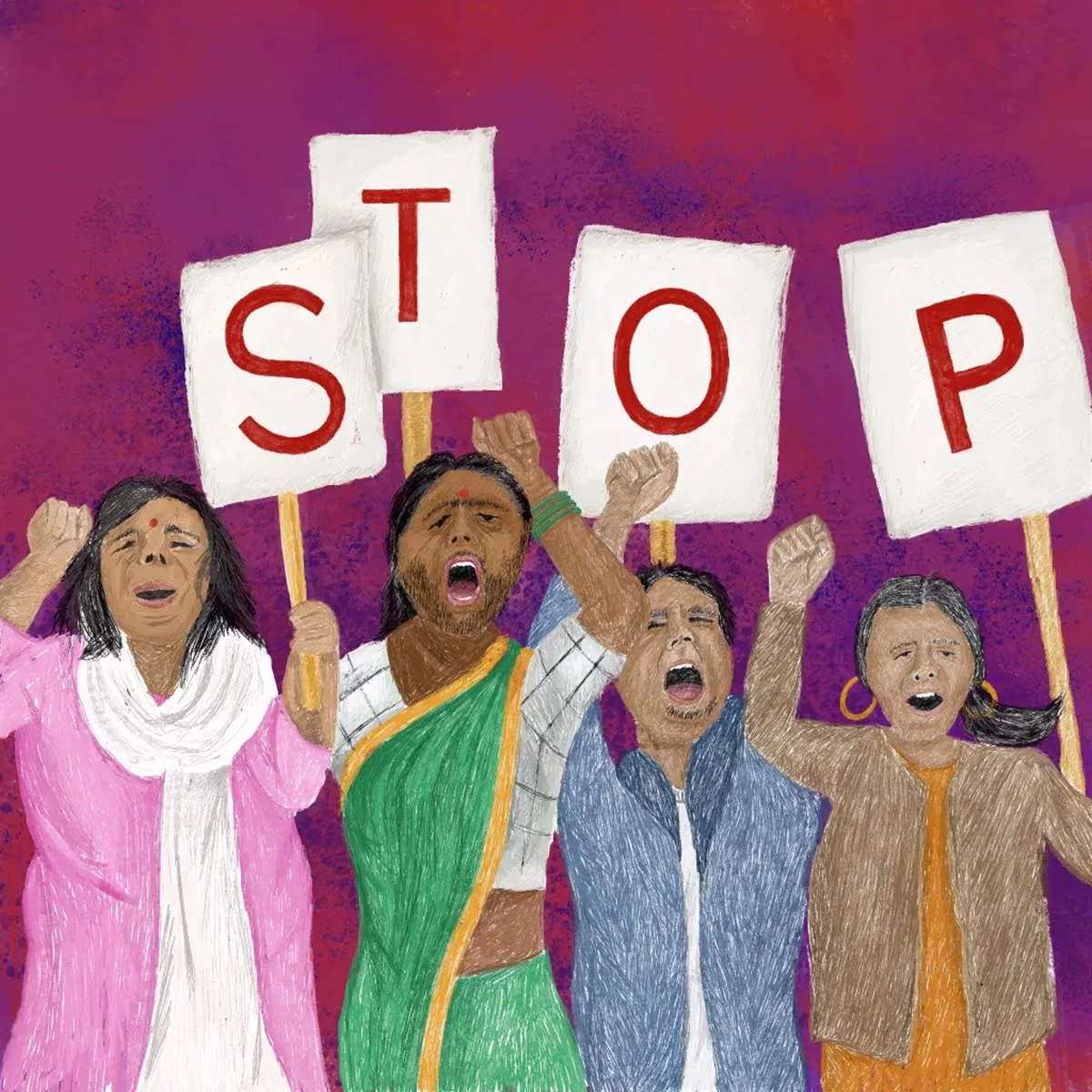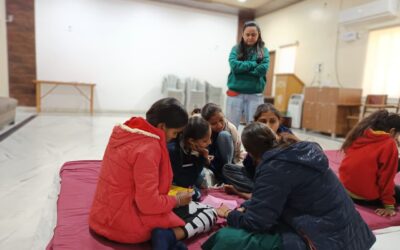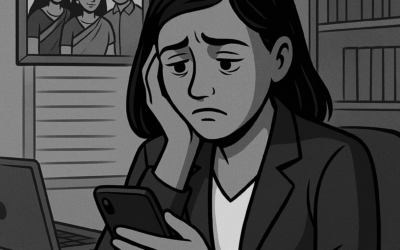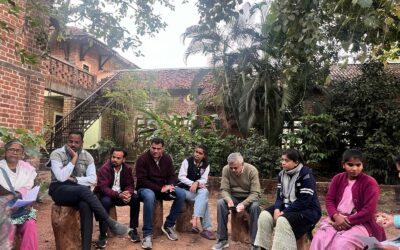*content warning*: mention of se/ual a/use
Amidst this slogans of “Justice for doctor!”, “Hang the rapist!”, and “Women safety in India!”, I could recall a voice saying, “In logo ke saath toh aisa hota hi hai.”
Rapes In India
On August 9, 2024, the whole country stood against a heinous crime that happened in a safe premise of a workplace. It shattered a lot of people in the country leaving a sense of fear for every day before leaving their homes for work. In the aftermath, a debate started surfacing on women’s safety, the legality of the incident, societal structure, power dynamics, politics, equality and what not.
However, just days later, the initial fervour began to fade and life returned to normal for most. Only leaving a fear with every woman of the country to leave their home for work. And a few tears in the eyes of the closed ones of the victim who were hoping for justice. Soon after another news article comes in with some similar kind of crime – a few hashtags, a few posts, a few candles, a new fear, someone’s misty eyes, and the circle keeps going. Right?
This is a story with a twist, not encircling around this loop, leaving us with many questions to ponder. While working in a small village (I will leave the name out) in Ujjain district during my fellowship, I heard about a similar heinous crime that recently occurred there in the third week of June.

“Justice” Served Within
I visited the village the week after the incident. A colleague from the village informed me that it was unsafe for us to go there then because of a curfew. When I asked for the reason, she explained that a couple from the Adivasi community had recently entered the village through the railway station. They were rumoured to have run away from their village, out of love, hoping to marry. The couple stayed in the village for a night, looking for work to support themselves.
Some local men offered to help them and took them to a farm land to show them potential job opportunities. However, that same group returned to the farm at night, tricked the mate of the woman, taking him away from her. Then the group assaulted the woman, gang raped her causing her physical injuries. As and when the word spread in the village about the incident, the villagers became furious on the safety of the women in the village. Also, there was much more complexity involved in the case as the rapist belonged to a different caste. This unrest resulted in a curfew and everyone was looking for “justice for the woman.”
A few weeks later, I followed up with my colleague about the incident. She informed me that the woman had filed charges against all the rapists. The villagers in support pelted stones at all the accused houses and ruined their farms, making their life miserable in the village. They forced all the rapists and their families to leave the village. The police then took action, arresting all the accused and sending them to prison. The justice was served, one can say. Right? I mean it is at least better than being caught in the judicial never ending cycle atleast.
A Never-ending Conversation
When I next visited the village, I felt a deep respect for its people. There was a strong sense of unity and a commitment to justice within the community. During my visit, I went to the government girls’ school and met the principal. We planned to conduct a Sparsh training session there as part of our gender-based violence project. As our conversation progressed, the recent rape incident came up. The principal expressed her disappointment about women’s safety in the village. Then she added,
“Arre par jo bhi ho, in logon ke saath toh aisa hota hi hai, kisne bola tha use ghar se pyaar karke bhaagne ke liye?”
I found myself dumbstruck after this. I wanted to ask her, who are these “in logon?” Are these the people who come from some minority caste? Are these the people who choose to make decisions of their life? Or are these not the people but the women, only the women, who can be a victim of such kind of violence? I wonder, if there are any criteria or checks that determine whether someone can be a victim of such crimes? If not “in logon” then are there some people with whom such crimes cannot happen?
I felt happy and satisfied with the actions the villagers took in response to the incident. To my knowledge, this is the first case of rape I have heard of, where justice was served in such a short time. But at the same time, it left me with a lot of questions. Why did this happen? What is at the core of this crime happening again and again? Is this power dynamics, caste, gender based violence, insider-outsider dual or merely the ask for freedom and decision making by some who are ‘not suppose to’?
Where Do We Go From Here?
The news reports on rape show that it could happen to any woman regardless of her age, caste, creed, colour, demographic, time of the day and place. Then I wanted to understand who are these “in logon” and counter this. This will stay for a while with me. This article is definitely an answer to that dumbstruck moment of me in front of that lady and all the other people in this country. Though I am not yet ready to answer in front of them, but I believe there’s no harm in starting the conversation for at least someone to take the lead on this.




0 Comments